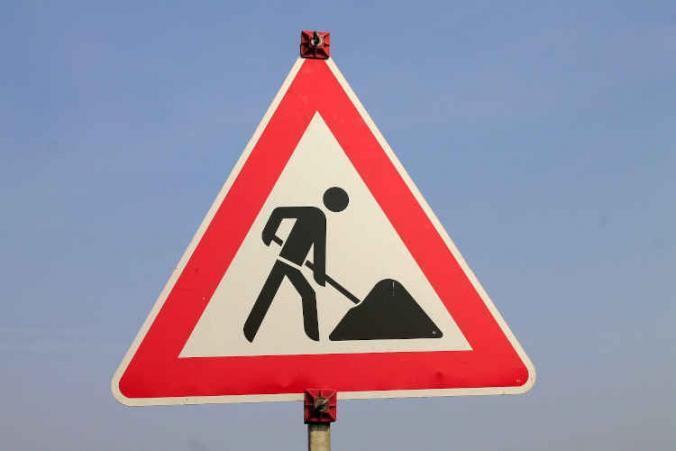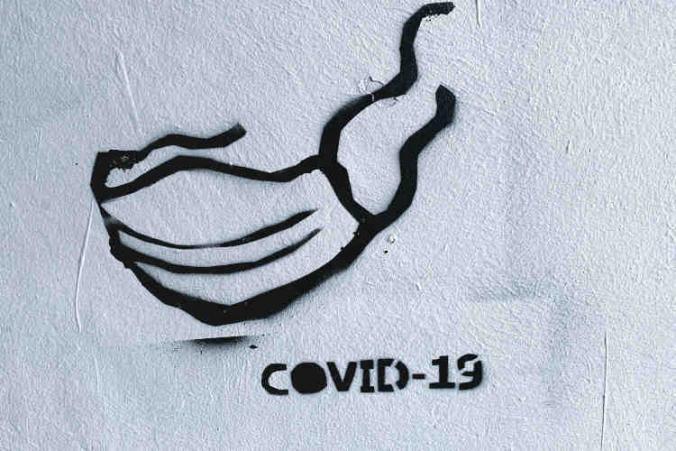The Vocational Recovery Project is an ongoing workers’ compensation initiative by the Department of Labor and Industries (L&I). According to L&I, the goal of this initiative is to “engage all parties in preventing work disability by improving return-to-work outcomes”. Personally, I think there are a few problems with the goals of this initiative. For example, one problem is that different parties have very different perspectives. Specifically, what does it mean to improve outcomes? And, what happens when L&I makes vocational decisions under an L&I claim or workers’ compensation claim that are not practical?
Return to work after a work injury
L&I started the Vocational Recovery Project several years ago. Unfortunately, since then, I haven’t seen much improvement in setting work injury claimants up for success when returning to work. For me, it seems that L&I and most vocational services companies think that improving outcomes means making more determinations. These determinations dictate that people with work injury are capable of working. In other words, they put the emphasis on making the determination. Yet, they ignore important considerations, such as ensuring that the work injury claimant can succeed in returning to work.
If you think about it, when someone determines that a person can work, it doesn’t necessarily equate to improving the outcome for the worker. Practically speaking, to improve the outcome, there must be a plan for success. The plan has to show how and why the worker will successfully fulfill their job duties over time. Realistically, absent such a plan, a work injury claimant cannot return to work in a sustainable way.
Every workers’ compensation claim and work injury victim is different
I wrote many articles about vocational services. Some articles talk about vocational retraining, vocational counseling, plan development, ability to work assessment, and other topics. On more than one occasion, I’ve been criticized and called out for what others assume is my “bias”. Many assume that the only outcome acceptable for my clients is for them to be on pension. In other words, for my clients to be totally disabled and incapable of working. Not only is the assumption incorrect, it is downright insulting.
The optimal outcome in each case depends on its specific facts and circumstances. In short, it depends on the person that suffered the work accident, their medical limitations, and other individual-specific factors. Vocational services, especially vocational retraining plans, are often critical to ensuring an optimal outcome for work injury claimants. Unfortunately, I worry that this aspect of improving return-to-work outcomes isn’t getting attention under the Vocational Recovery Project. Evidently, this is the list of project advisors. Do you see any representation for work injury claimants? There doesn’t appear to be a voice for those who suffer a work injury.
Workers comp claims and return to work plans
If you ask me, improving outcomes in a workers’ compensation claim or L&I claim requires more than determinations. It requires empathy and understanding of unique challenges that individuals face after a work injury. Furthermore, it requires listening, collaborating, and keeping an open mind.
If you empower work injury claimants and give them hope, then they will take control over their life. We must be creative when we address and navigate their challenging life circumstances. Why can’t we treat work injury victims as intelligent adults and give them a say in their future? Unfortunately, most workers’ comp claim return-to-work determination outcomes are less than favorable for these individuals.
Final notes and thoughts
There seems to be a popular misconception. Contrary to what you might think, most work injury claimants don’t want to be totally disabled. Instead, from my observations, most want a realistic solution for how to lead productive lives after a life-changing work injury or occupational disease. For most, it means giving them the opportunity to make the fullest recovery possible.
Clearly, some people will never recover from their work injuries or occupational illness. Ultimately, their goal is to be able to successfully return to a stable and meaningful professional and personal life. If you want to improve return-to-work outcomes, you must pay closer consideration to the injured worker.


